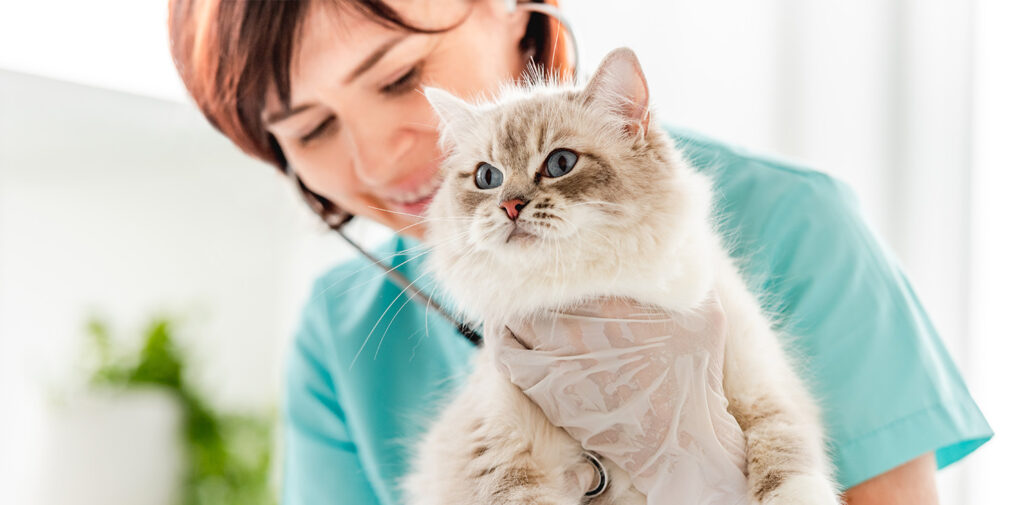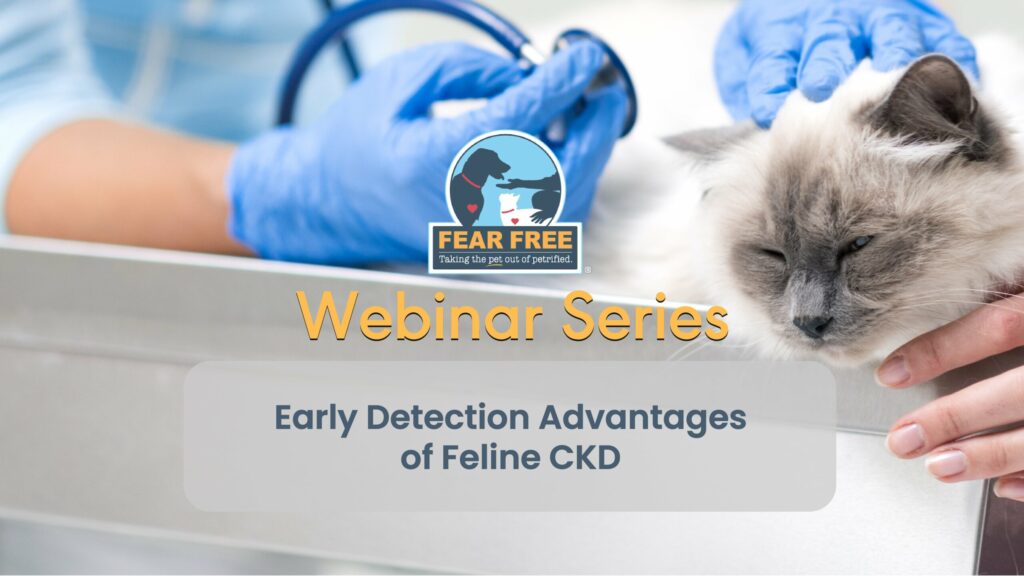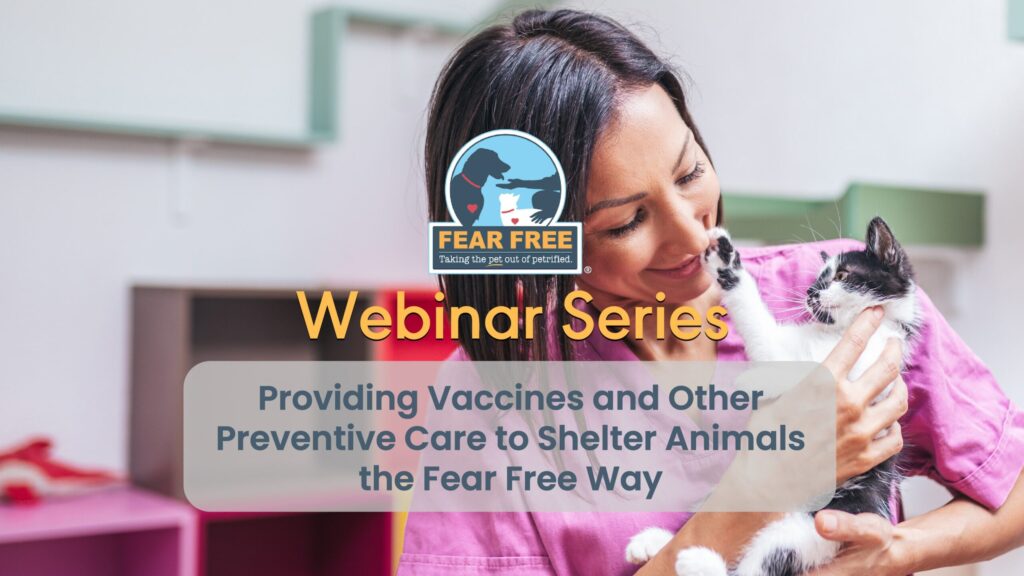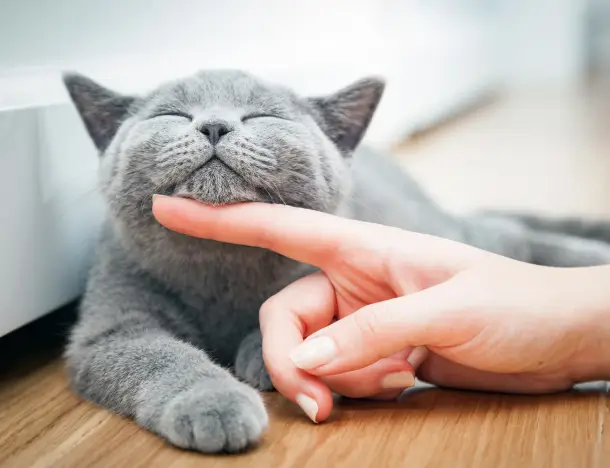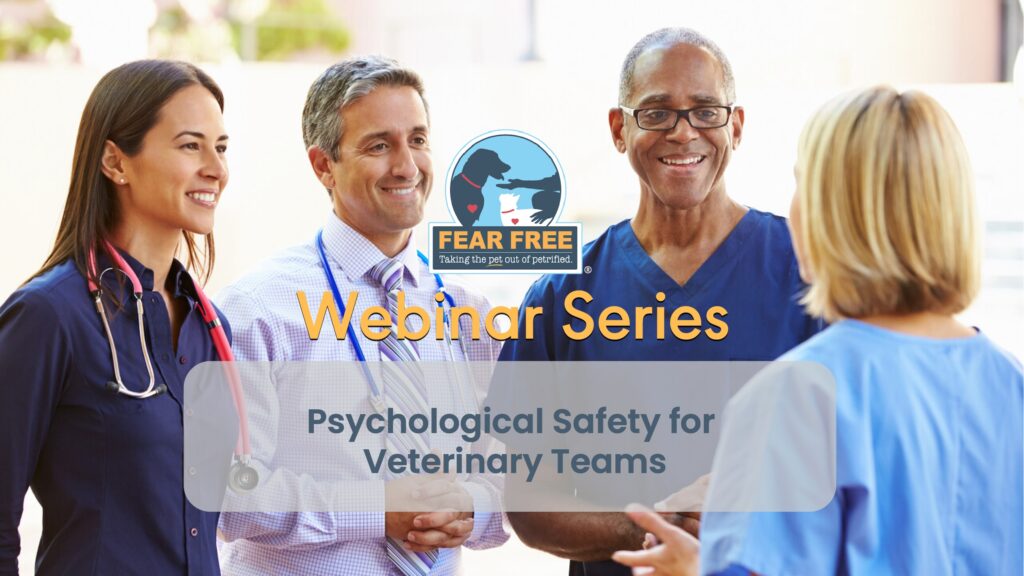
Psychological Safety for Veterinary Teams
Psychological safety is the most important aspect of successful teams. Our ability to feel safe to share ideas, to grow from failure, and to be honest with empathy allows our team to bypass the “interpersonal mush” that can exist otherwise. A sense of belonging, ability to be vulnerable, and strong interpersonal relationships are the initial ingredients to create this environment. We can assess psychological safety in a team using different tools. If psychological safety is lacking, we can help foster it using specific interventions, including civility and growth mindset work.

